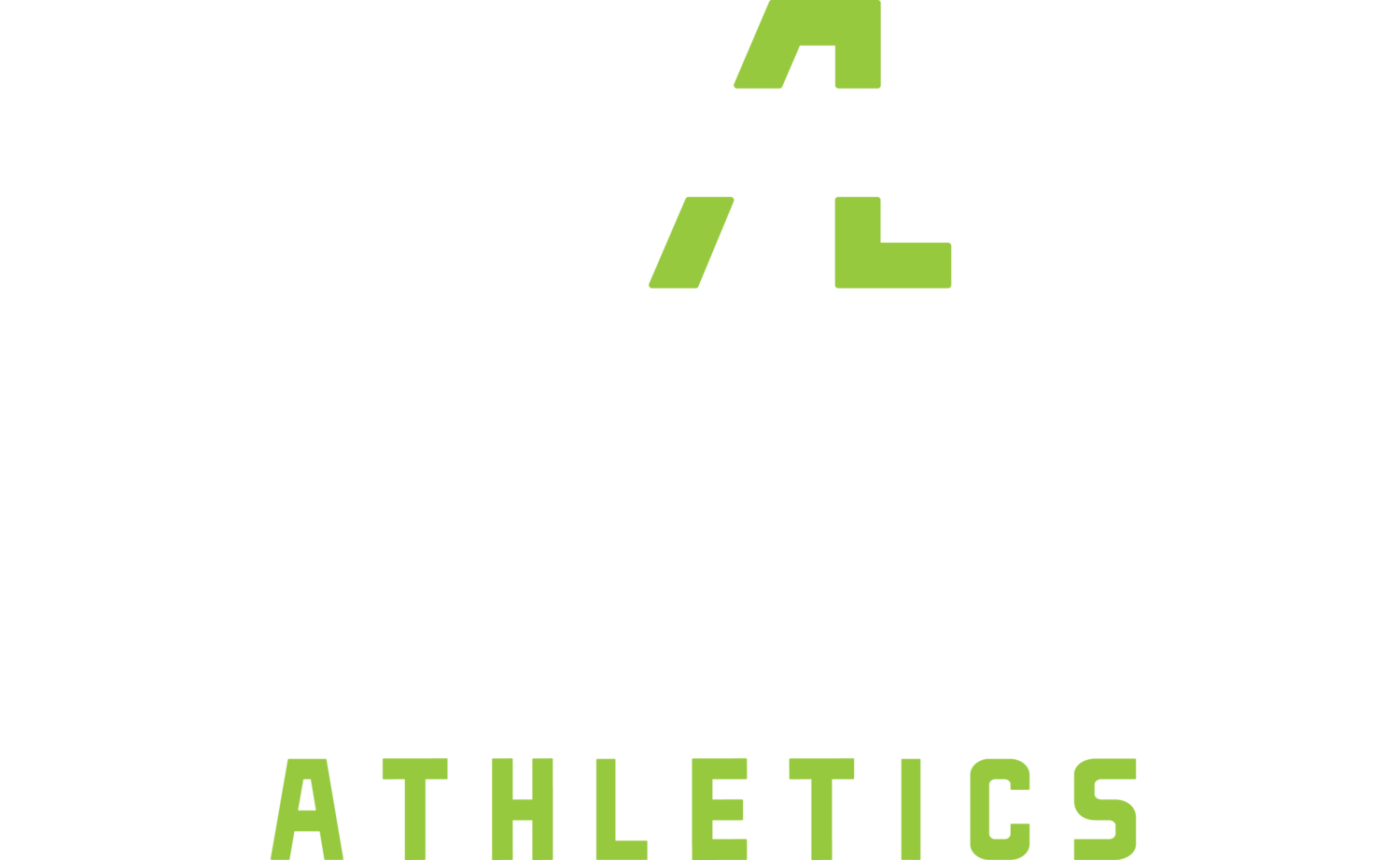What metrics do you use to determine if you had a great workout?
The most common we hear are:
Was it hard?
Did it make me sore?
Did I burn a lot of calories?
With the promise of a new American Girl doll, my 9 year old daughter can easily give you a workout that will make you exhausted, sore for a week, and burn a ton of calories. If my young child can accomplish the indicators by which you measure a great workout, don’t you think it’s time to rethink your metrics?
It’s really not your fault that you use these misguided metrics, most people do. The fault lies with us in the fitness industry. We have failed to truly educate people on what a great fitness program really takes. It takes knowledge, planning and expertise to devise a long term strategy to continue to improve ones physical condition month after month and year after year. Below, I will give you the criteria you should be using if you really want to be in great physical shape for the long run.
However, if you only want random, hard workouts with no progress and potentially getting hurt, then I guess you can stop reading now.
If not, here is what I suggest becomes your new criteria:
Did it cause any pain?
Is it sustainable?
Does it serve your goal?
Did it cause any pain?: Training shouldn’t hurt. The old saying of “no pain, no gain”, is total bullshit. At The Spot Athletics, a primary tenet of our training philosophy is ‘Zero Pain Tolerance Training’. Pain is your body’s way of telling you something is wrong. Pain leads to inflammation, inflammation leads to more pain and more pain leads to less physical activity, the direct opposite of your goals.
Is it sustainable? One hard workout does not make someone physically fit or help you achieve any health or fitness related goals. It is about a long term process and the workouts must be sustainable for this to happen. This is why we advocate for consistency over intensity at The Spot Athletics. Instead of killing yourself every workout, you must gradually increase the workload so you can maintain an effective training schedule on a daily, monthly and yearly basis. Over time, the workout that would have killed you on day one becomes an easy workout on day 1000.
Does it serve your goal? You must have a goal. Even if it’s as simple as “move everyday”. Without a goal, you can’t know if your training is moving you in the right direction.
Not every workout must be hard, but every workout must serve your goal. This is probably the hardest concept for most people to grasp and the one that takes actual expertise and experience in fitness to effectively design. People think that if you are dripping with sweat and exhausted that it was a good workout. Hard does not mean good by default and if it is not serving your goal, then it isn’t good. So instead of worrying about if it’s hard, something my 8 year old can make happen, make sure your workout is serving your goals.
I truly hope this blog helps you reshape the way you judge if you had a great workout. More than that, I hope that by reshaping your lens of how you look at your workouts you can achieve all your fitness goals and stay active and healthy for the rest of your life. Something I think we should all aspire to do.


